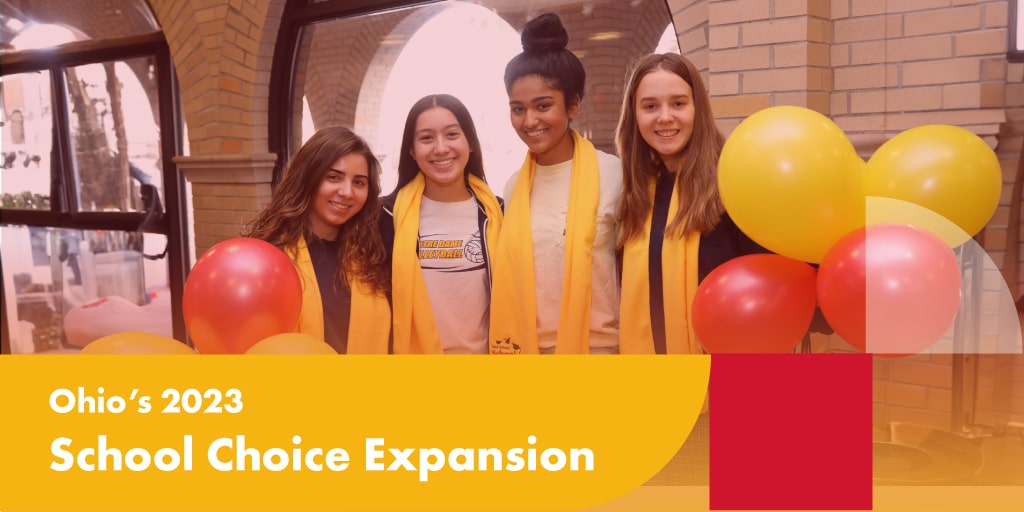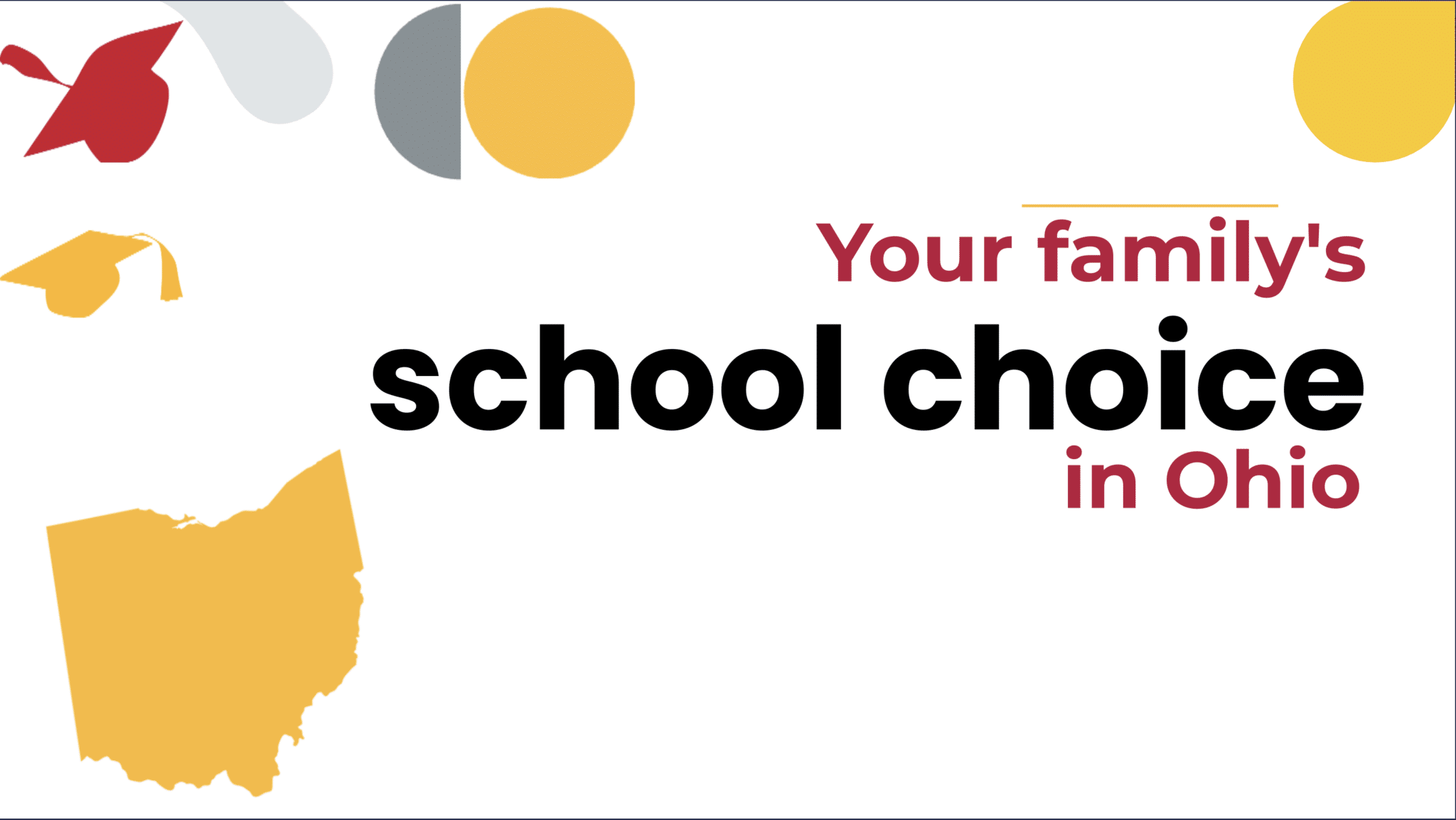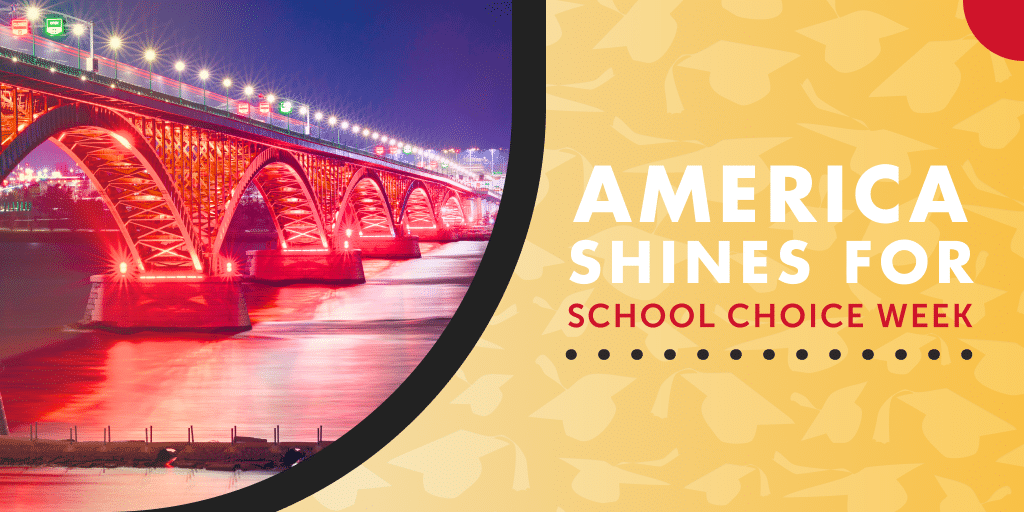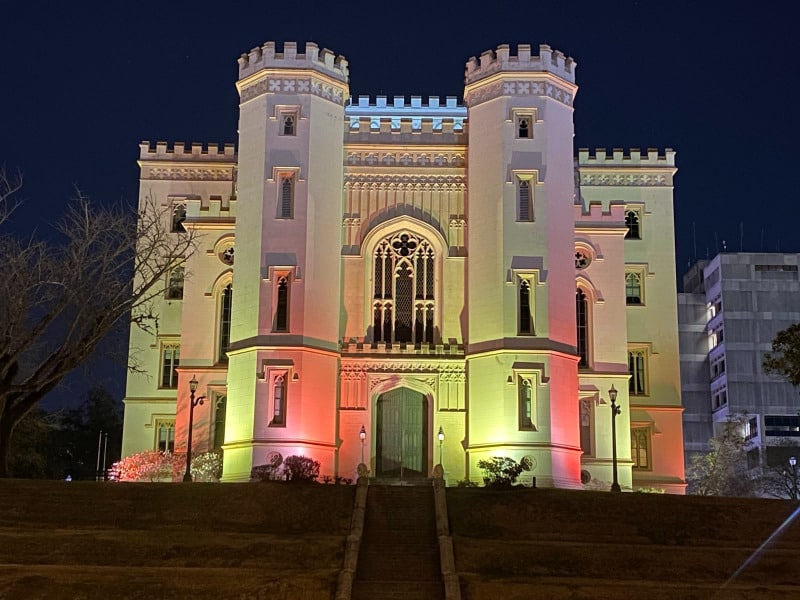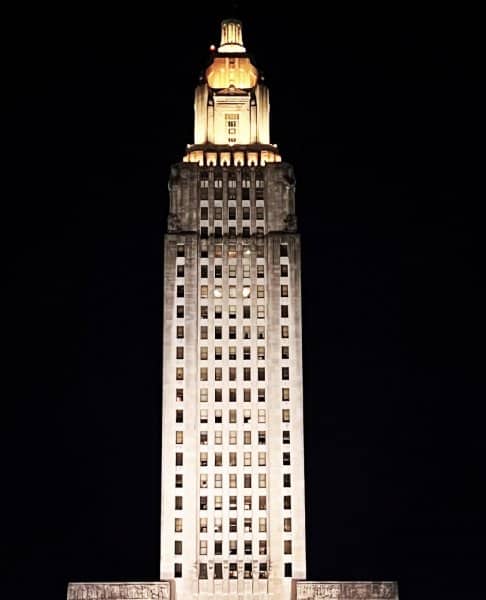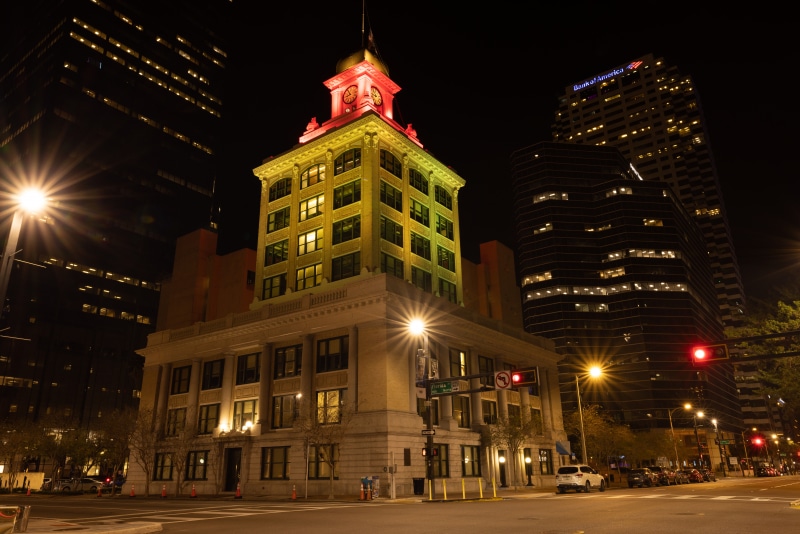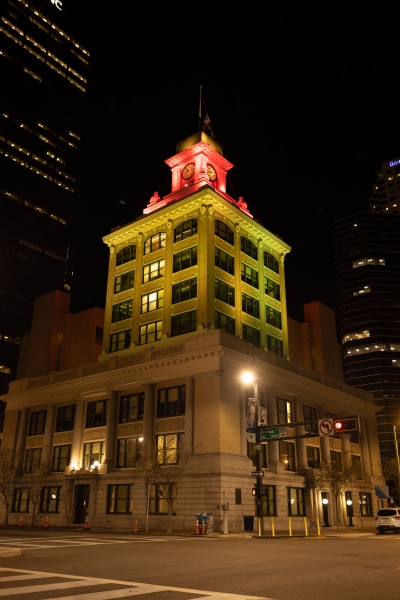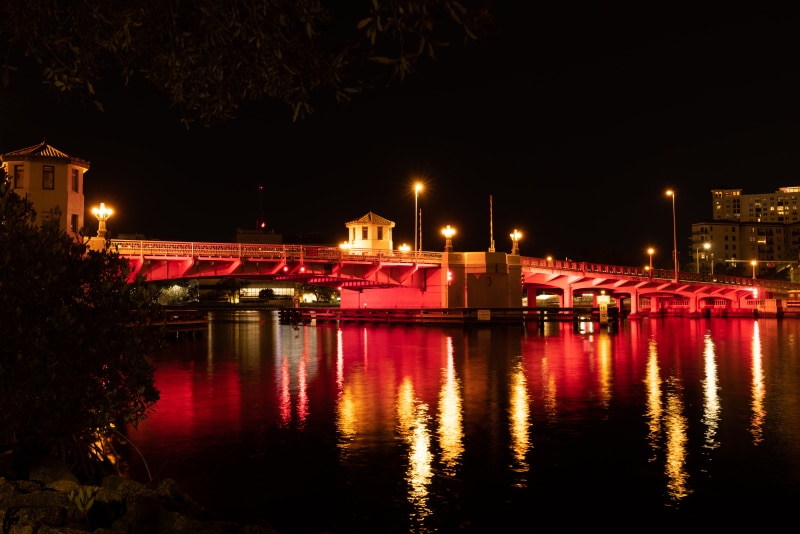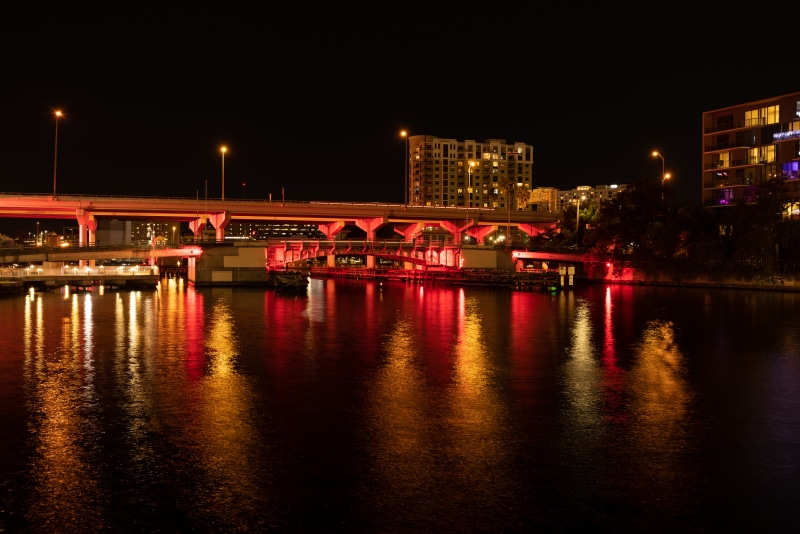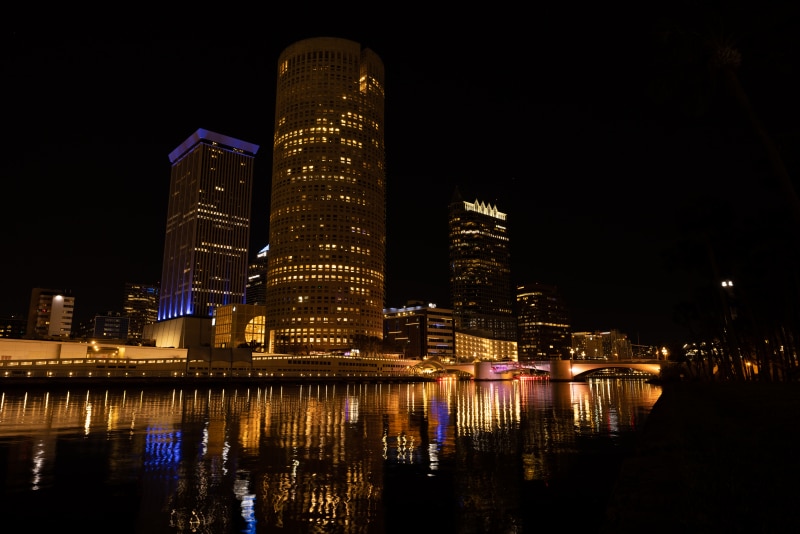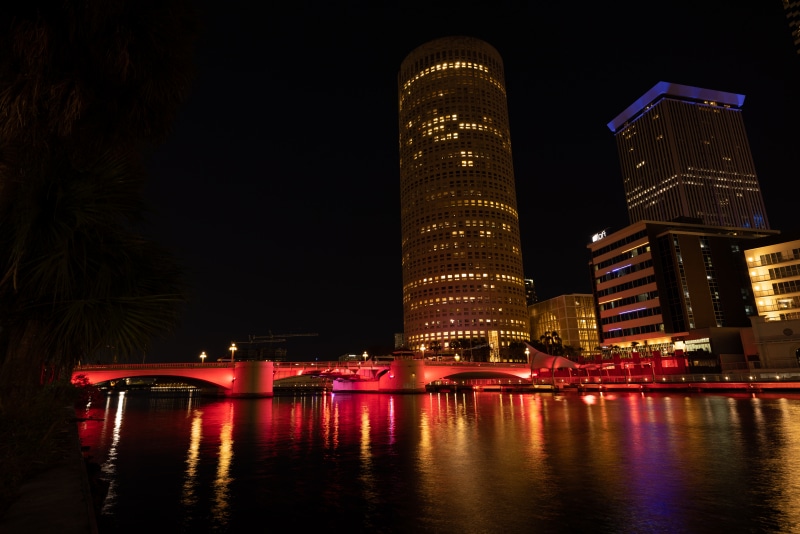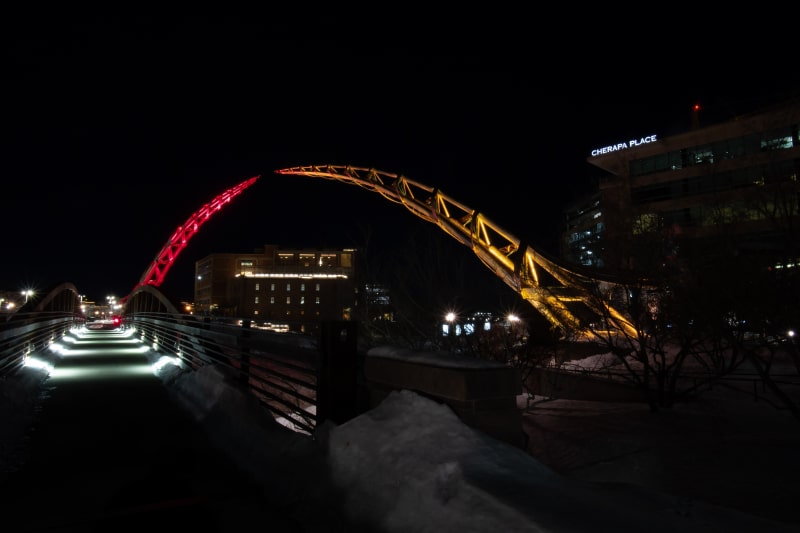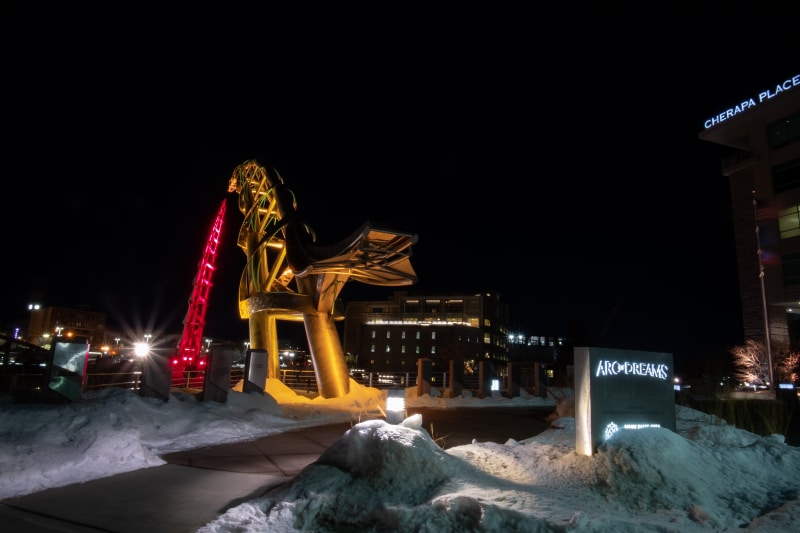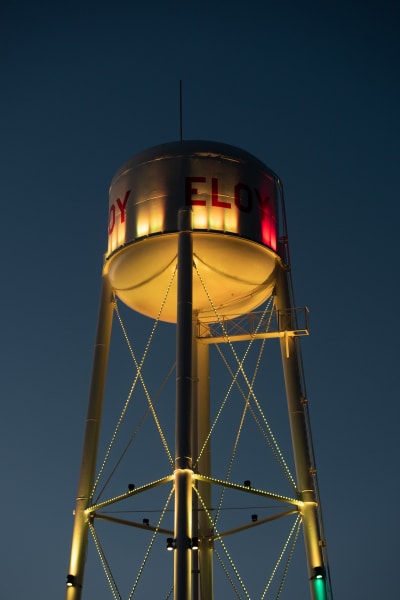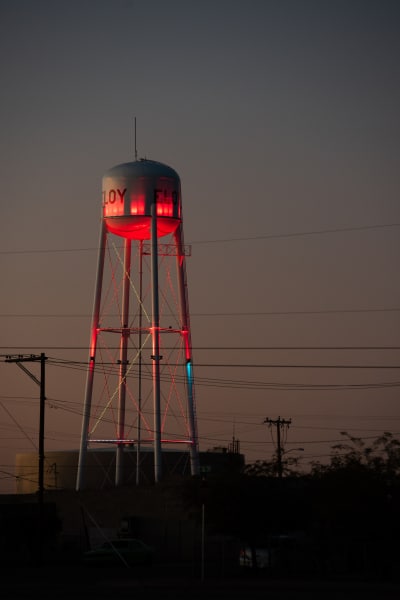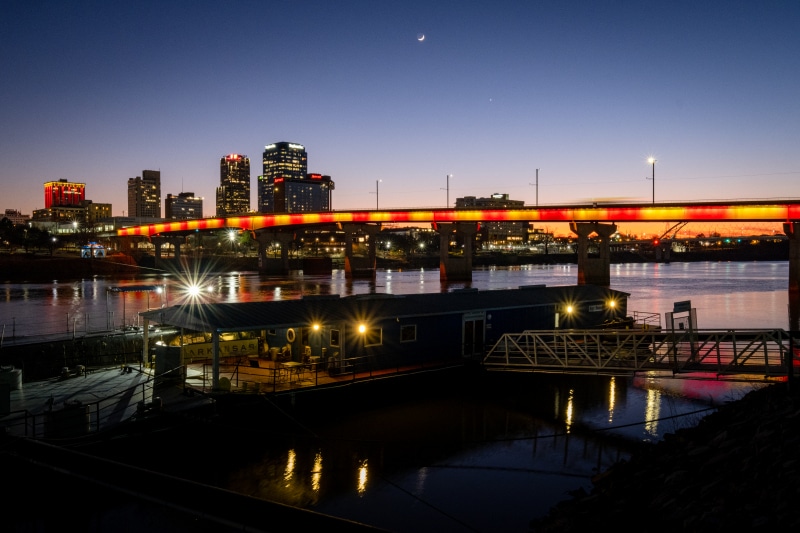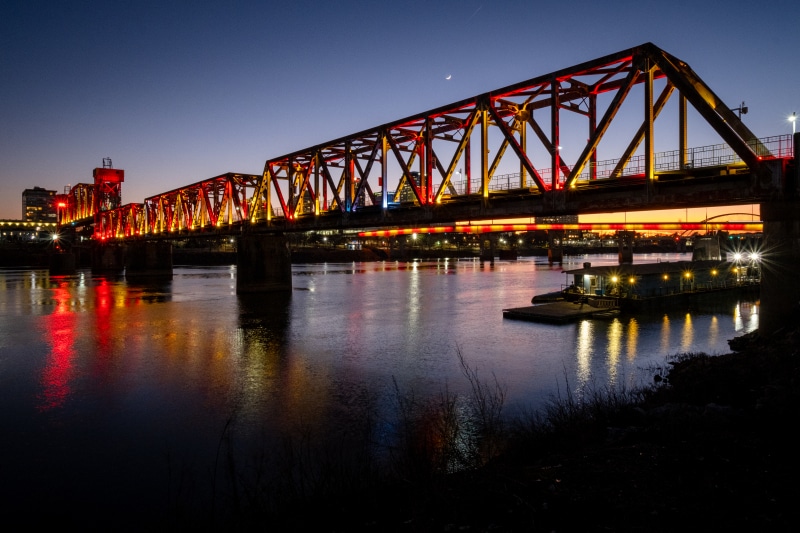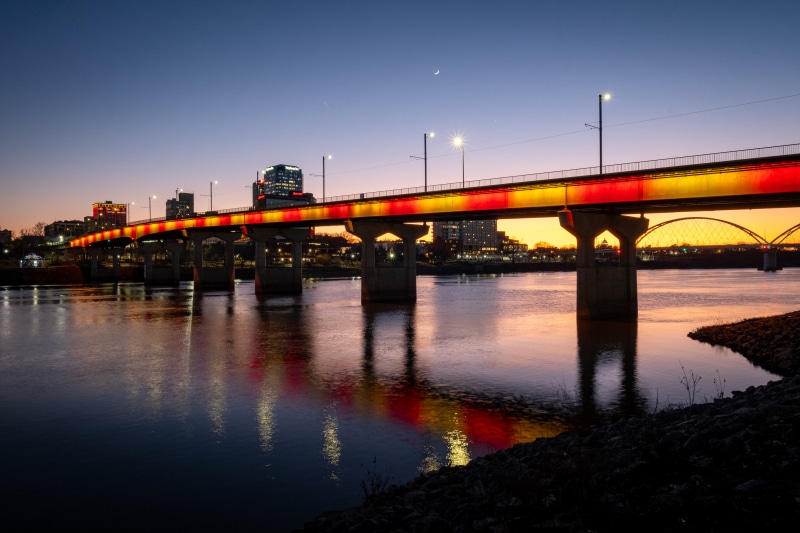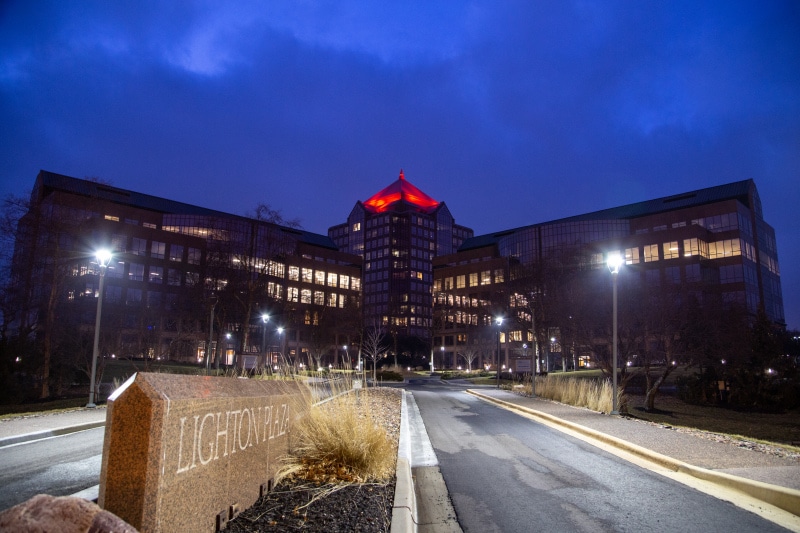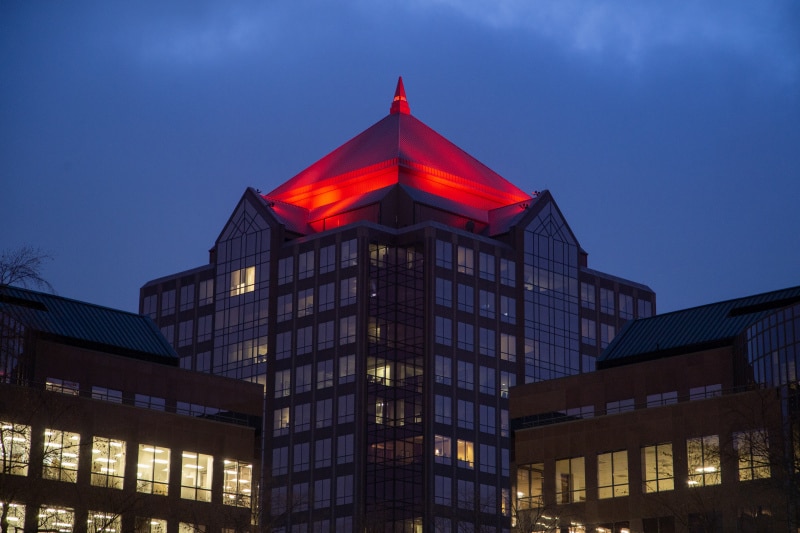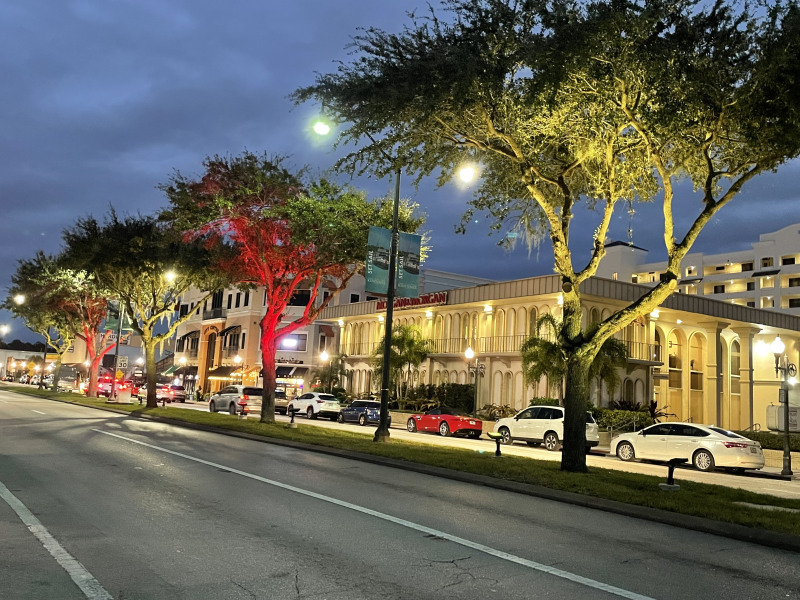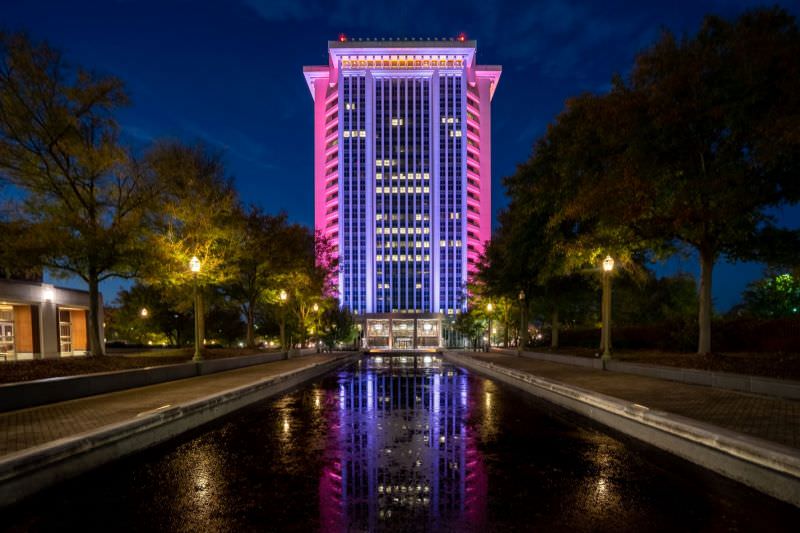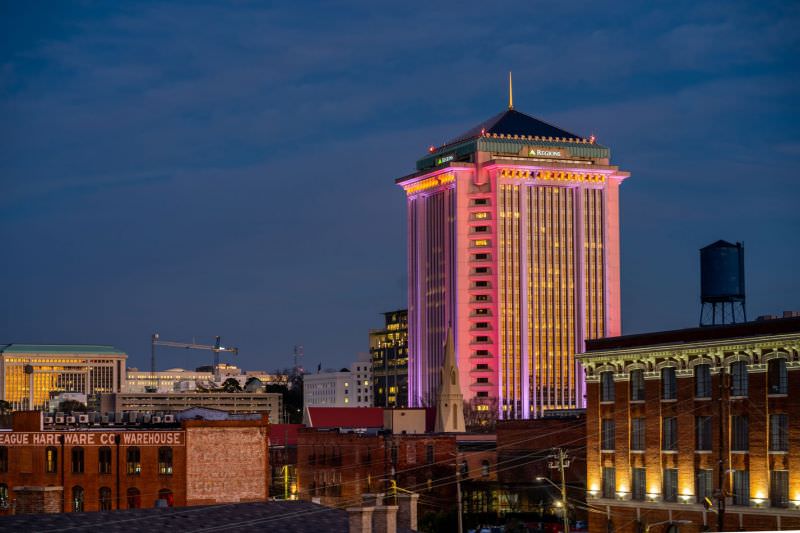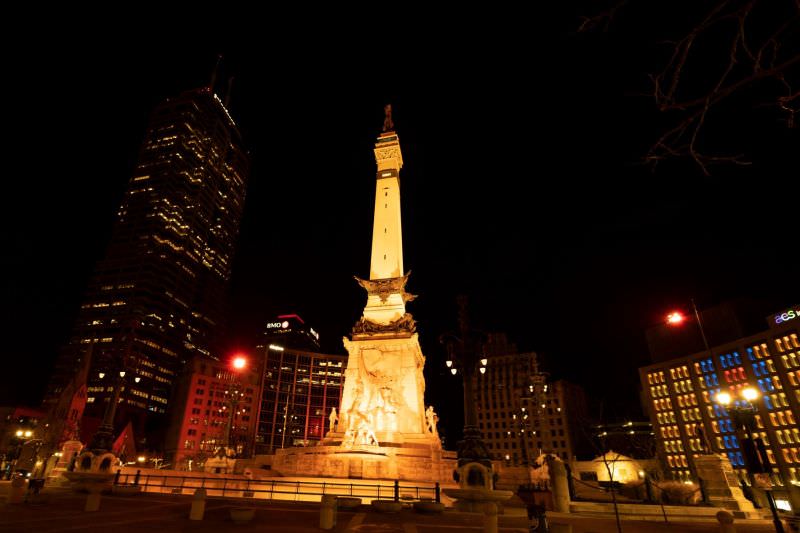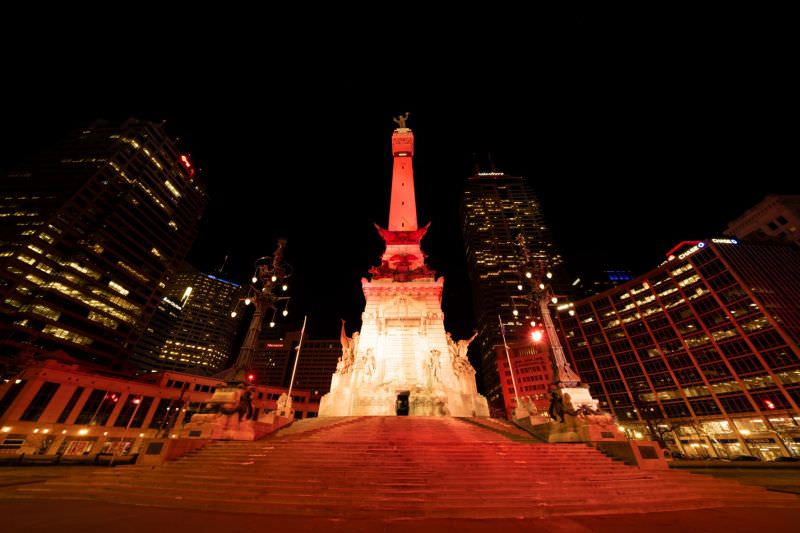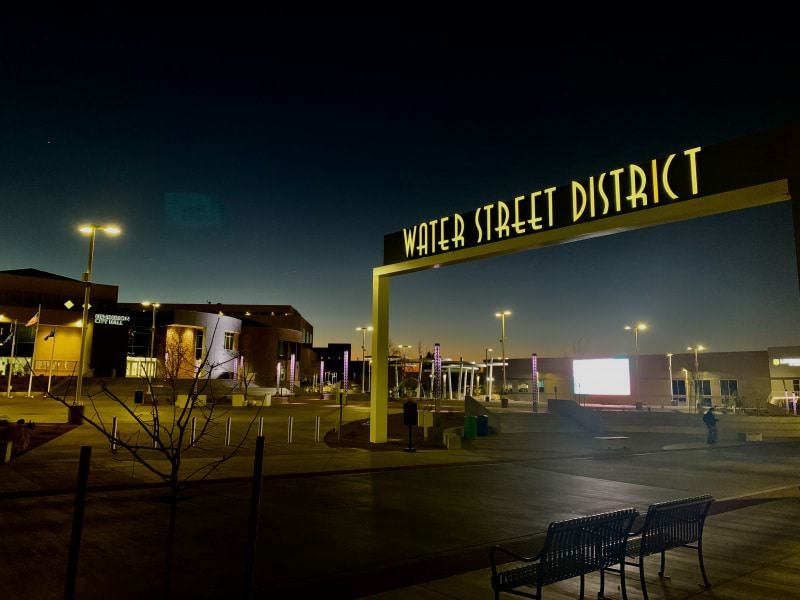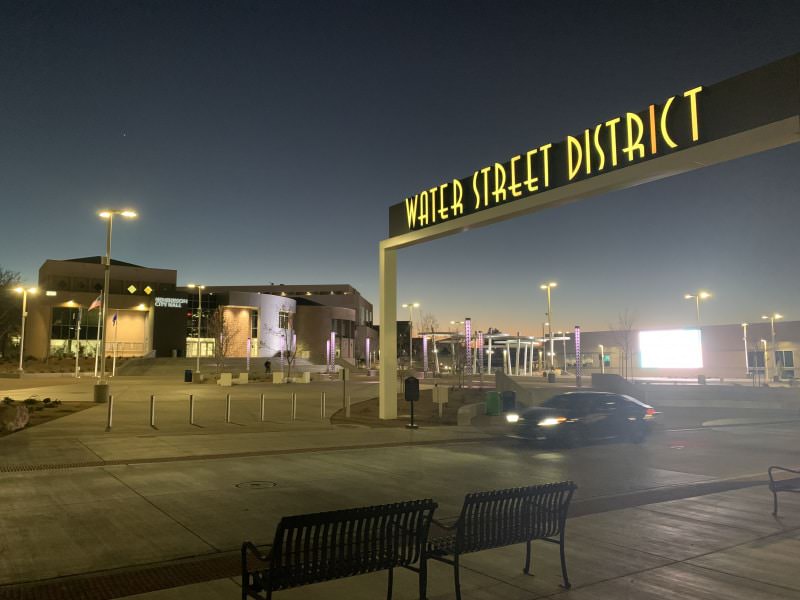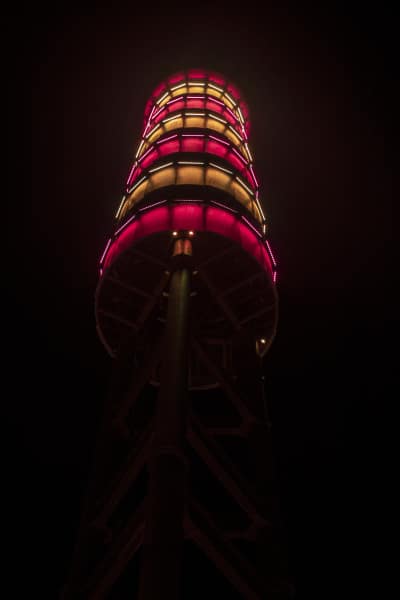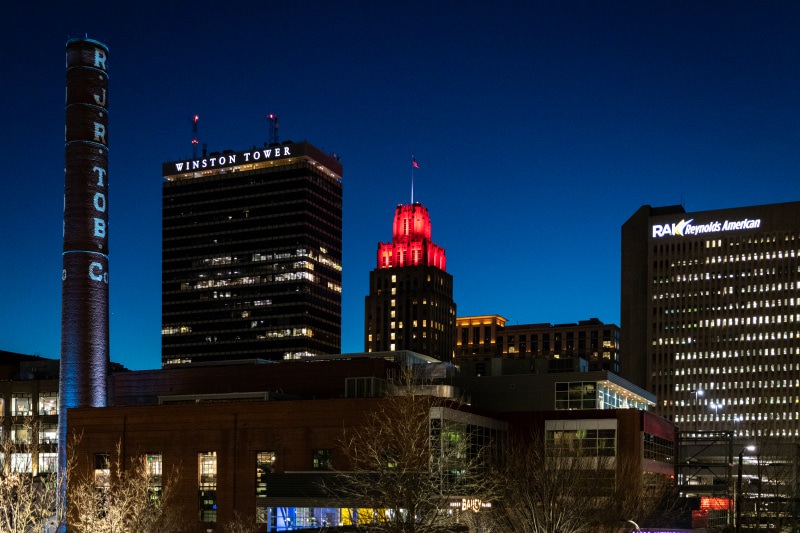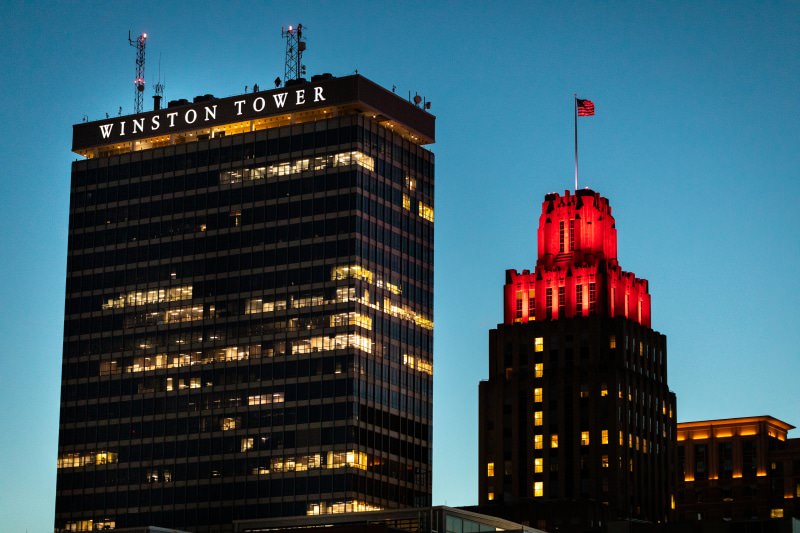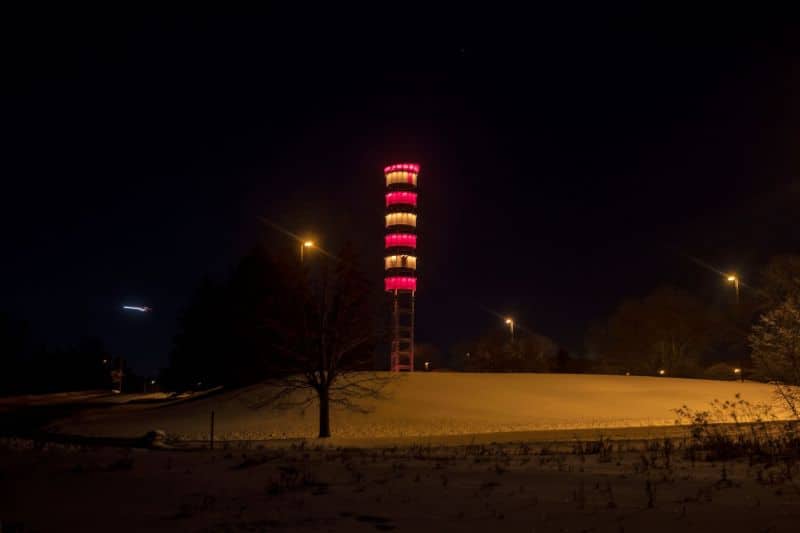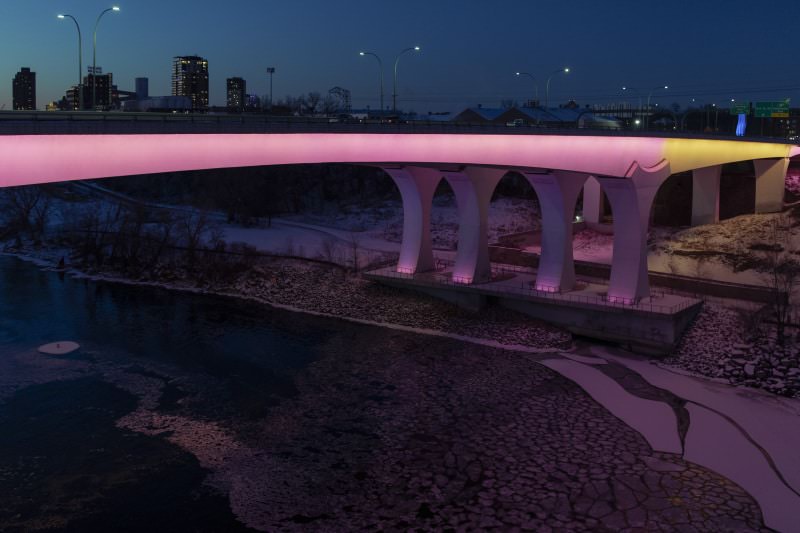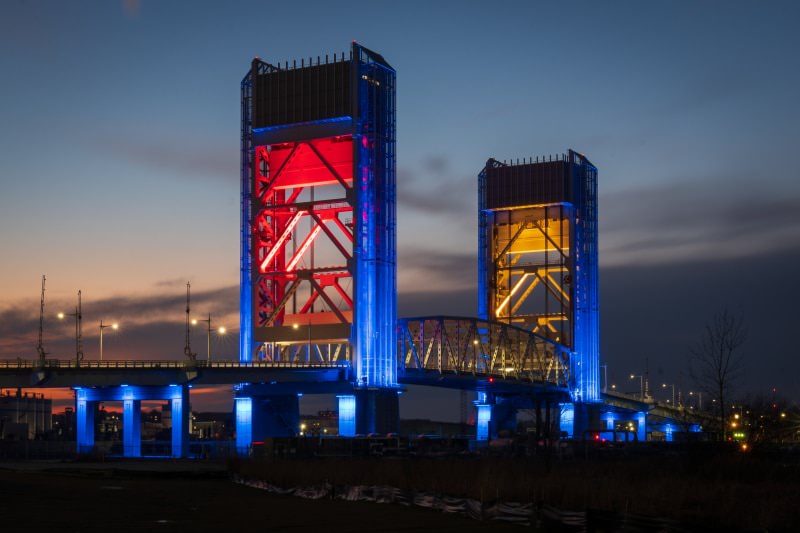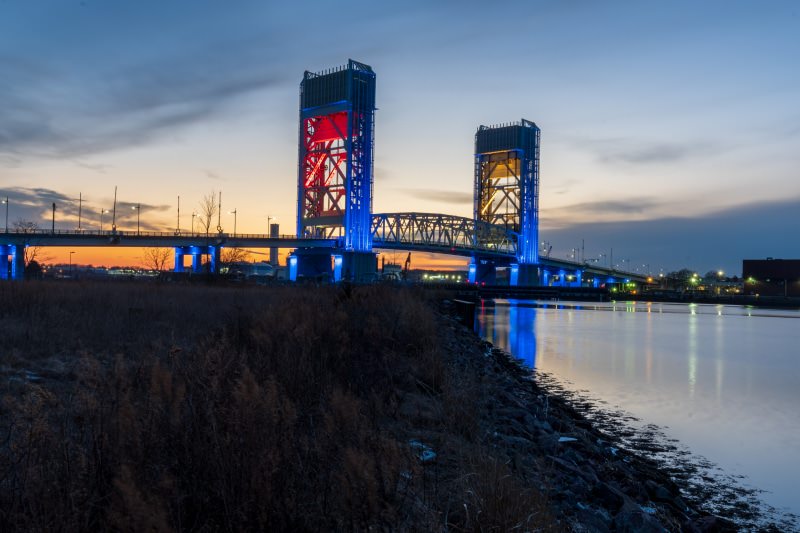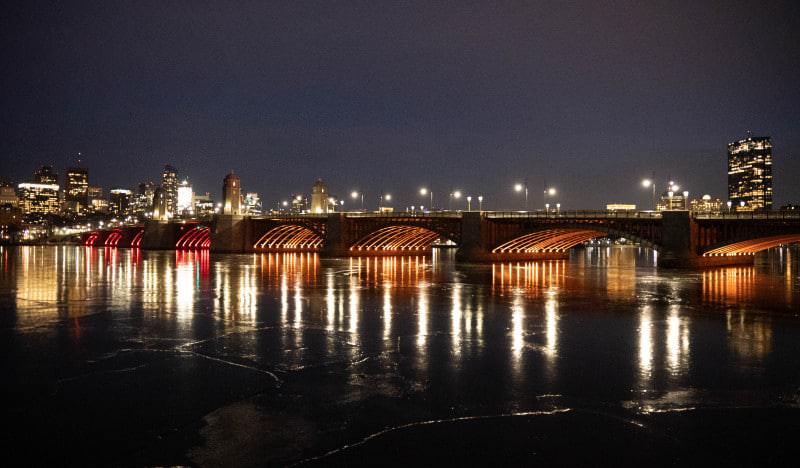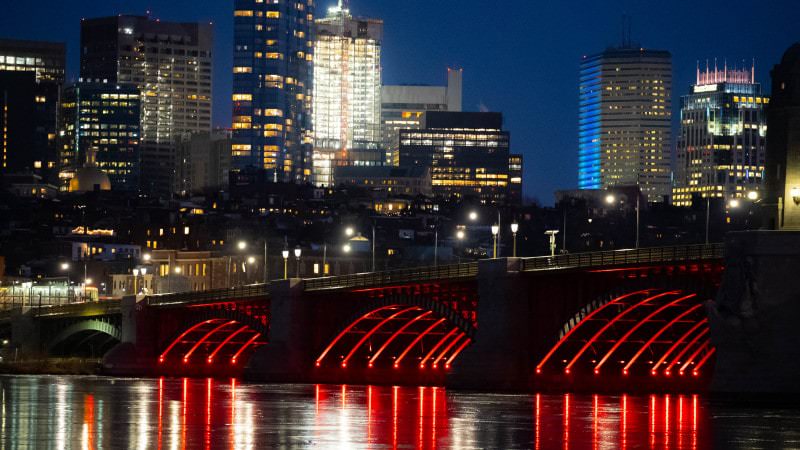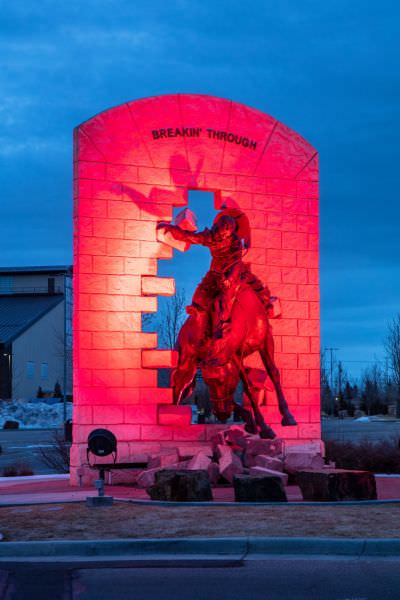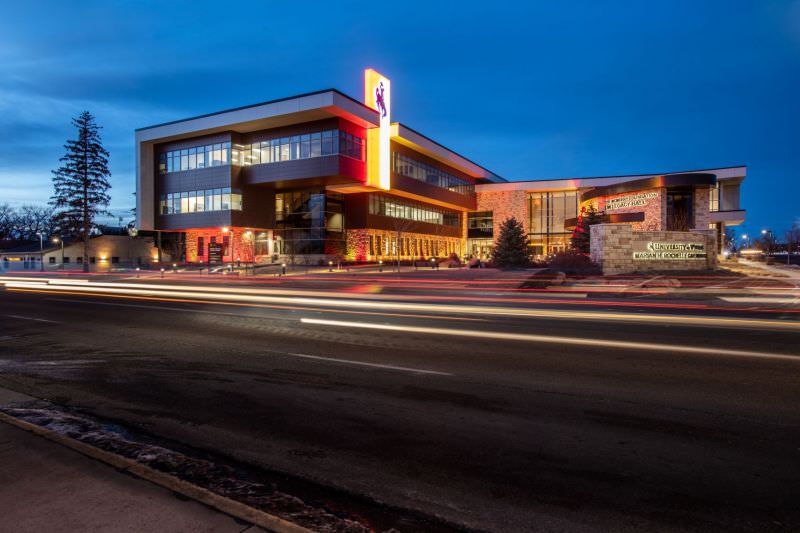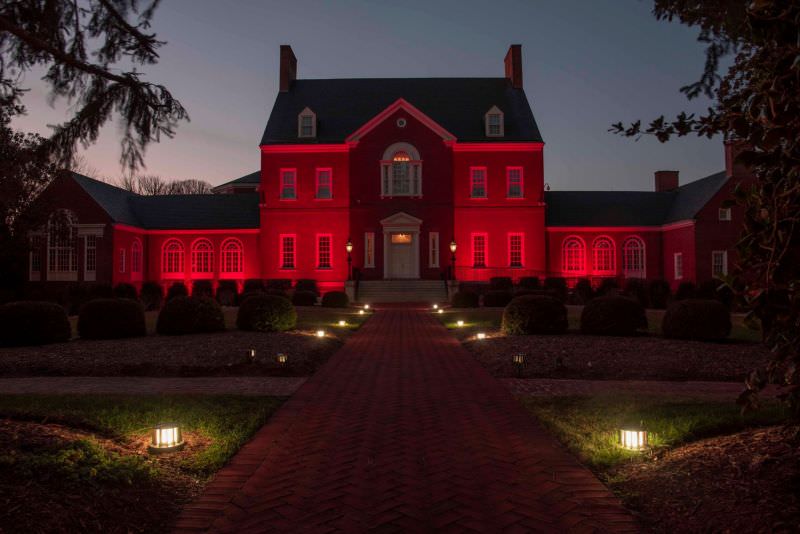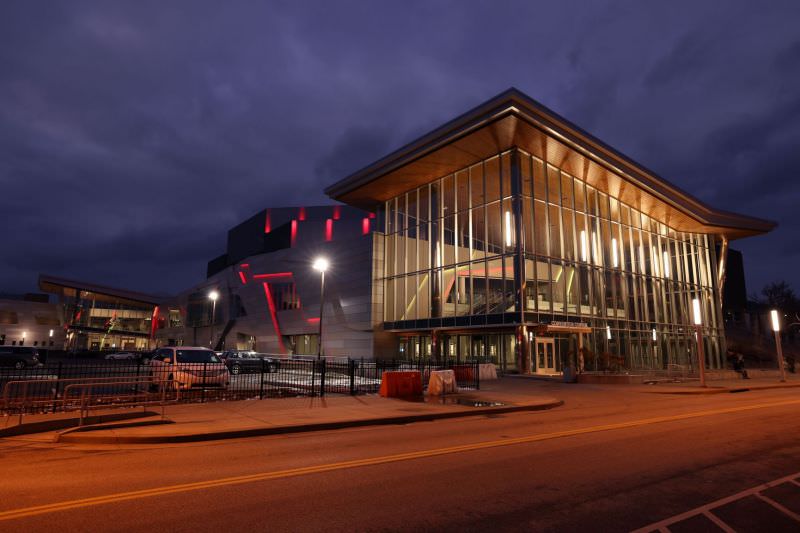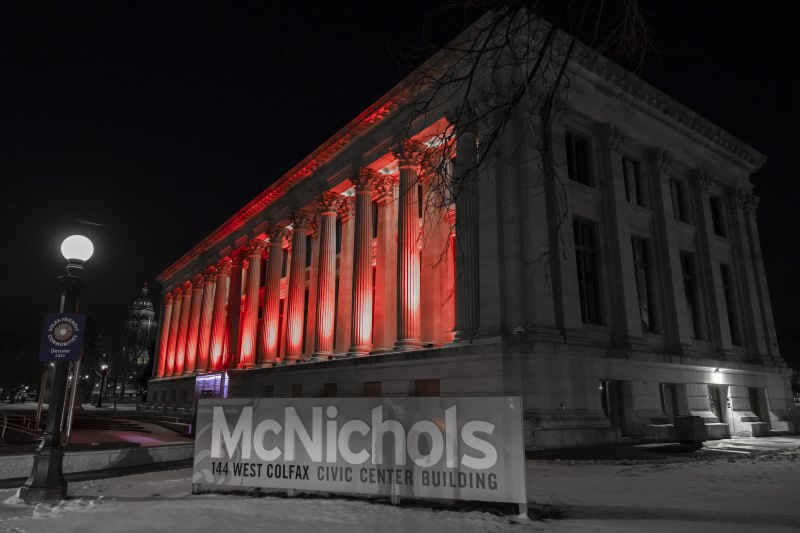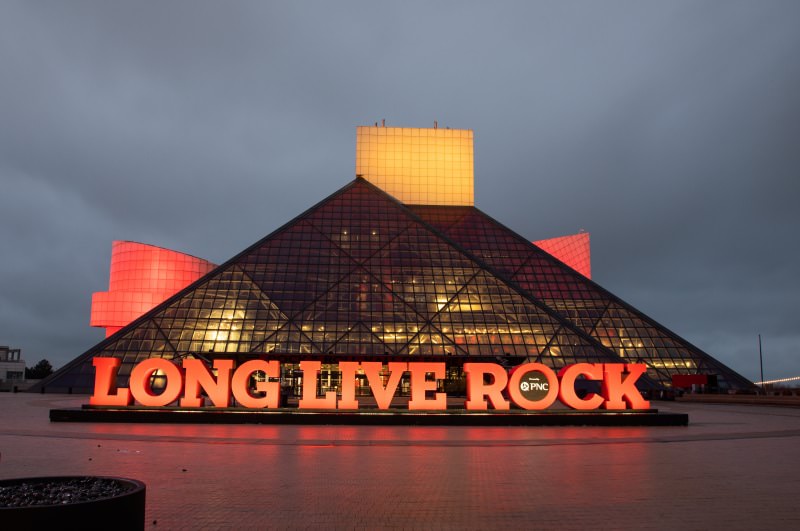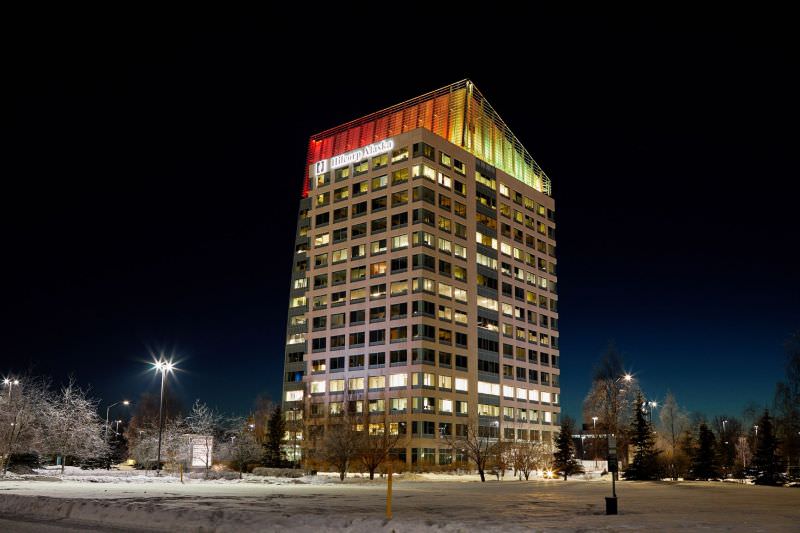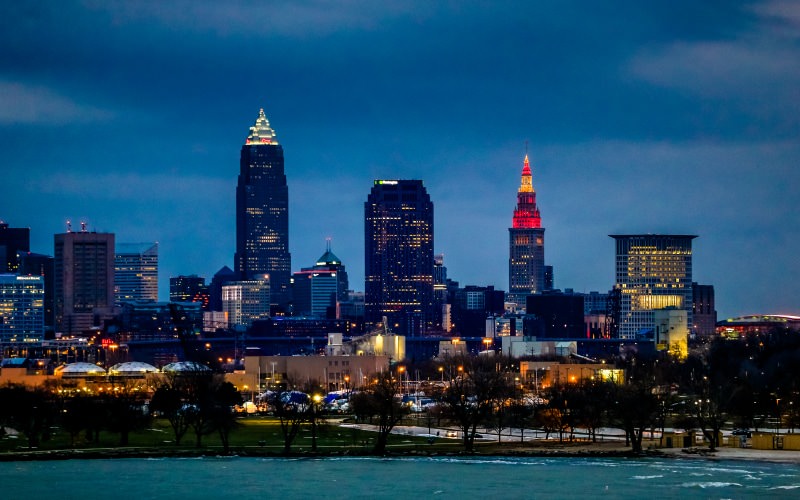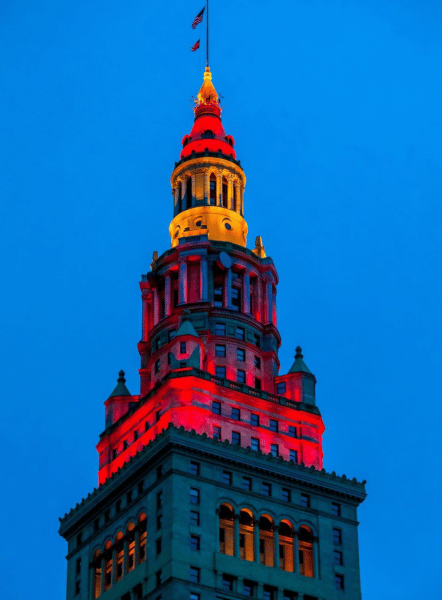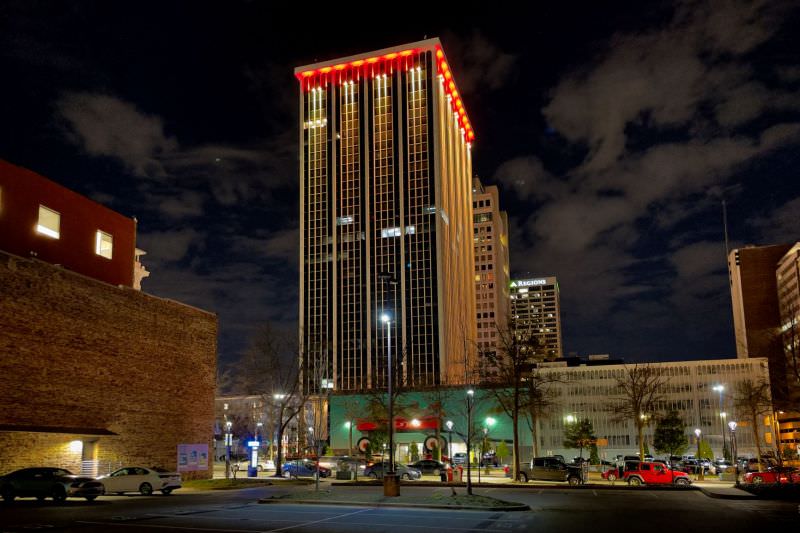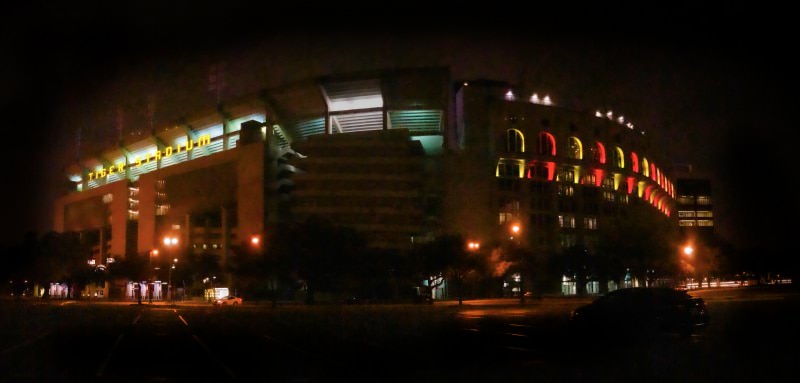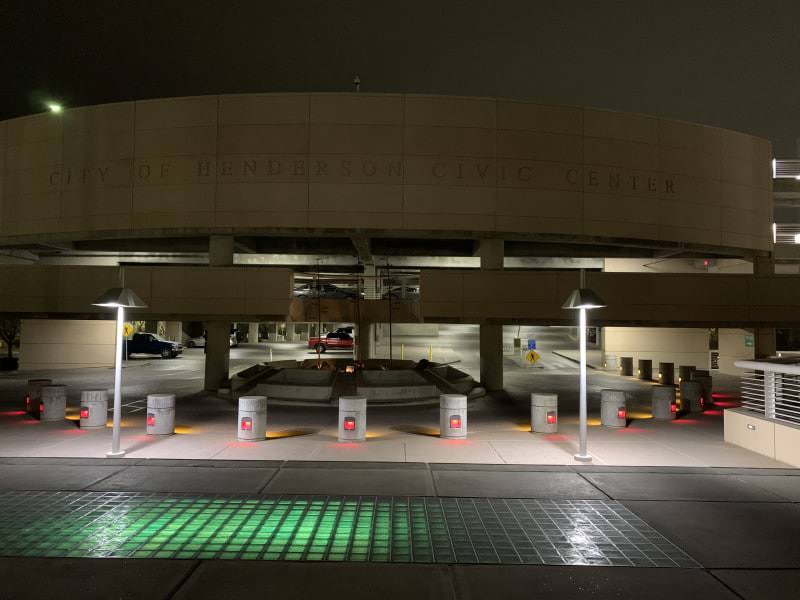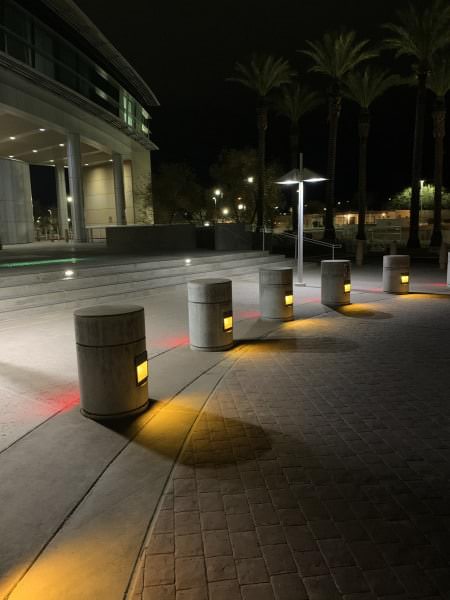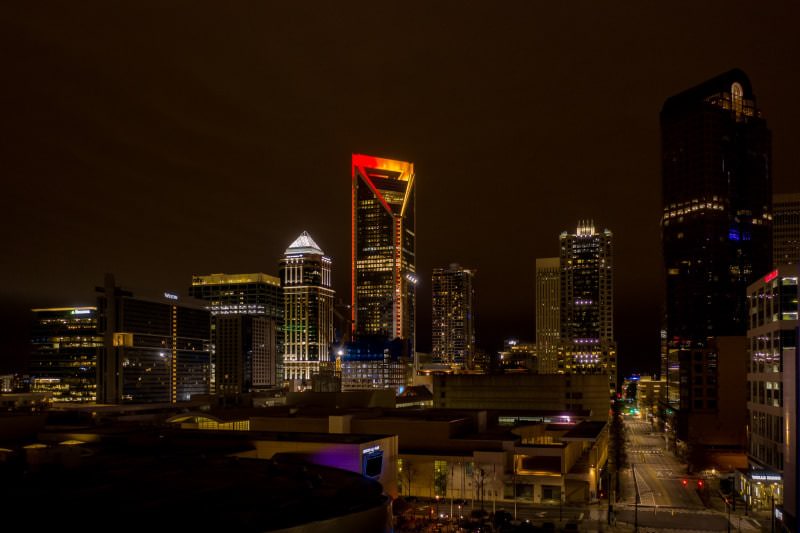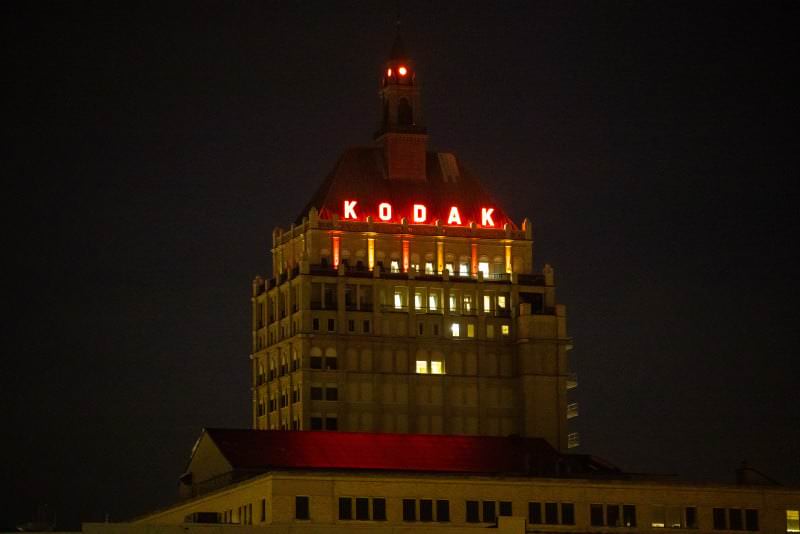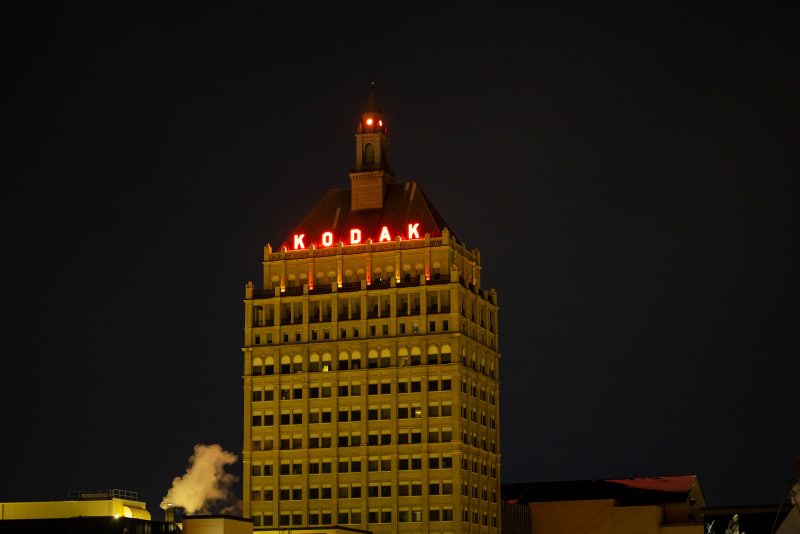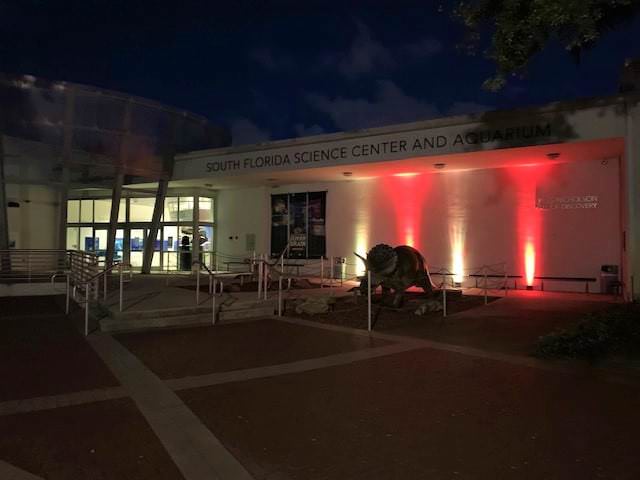Posted on Modified on Posted by National School Choice Week Team
Ohio expands public education funding, private school scholarships
Budgets don’t just matter for economists. Ohio’s freshly signed state budget (HB 33) will have a real, tangible impact on the lives of school-aged children and their families. If your child attends a public school, community school (known in other states as public charter schools), or private school, there are changes in store for you. The 6,000+ page bill includes a historic investment in K-12 education, expanding families’ choices across school types. Here are the highlights when it comes to your learning choices:
Private school scholarships now open to all
The EdChoice Scholarship
Probably the biggest change for families is the budget’s expansion of private school scholarships. So if you think of private school as unaffordable, think again.
Ohio’s Educational Choice (“EdChoice”) Scholarship program has been around since 2005 and currently serves about 65,000 students. The popular program provides vouchers to children across the state who wish to learn in a private school environment. Until now, the program has been open to students who attend specific low-performing schools or whose families are within 250% of the federal poverty level. But with the governor’s signature on Ohio’s new budget, any student in the state is eligible to apply!
The scholarship will still prioritize low and middle-income families. Students from families up to 450% of the federal poverty level (about $135,000 for a family of four) can now apply and receive the full scholarship amount. That’s $6,165 for K-8 students and $8,407 for 9-12 students.
If your household income is above 450% of the federal poverty level, you can apply as well; you’ll just receive a partial scholarship adjusted based on income. You can view a chart of the sliding scale of scholarship amounts at the Ohio Department of Education to see what your family is eligible to receive.
A few practical details:
- Where and how to apply: You can find details about how to apply for the EdChoice scholarship program at the Ohio Department of Education website. Generally, you must apply to a participating private school first. Then, once your child is accepted, the school can submit a scholarship application on your behalf. Questions about the program may be directed to edchoice@education.ohio.gov.
- How to find which private schools participate in the EdChoice Program: You can find a list of participating private schools at the Ohio Department of Education website. More than 500 schools currently participate.
- When to apply by: The application window for the EdChoice Scholarship is currently open year-round. However, it is important to note that after October 15, 2023 the scholarship will be prorated.
While many school choice programs around the nation are tailored specifically to low-income children, children with special needs, or children in low-performing schools, a growing trend we’ve seen the past two years is that of universal eligibility — school scholarship programs opening up to all children. In addition to Ohio, other states that have passed programs with universal (or near universal) eligibility include Arizona, Arkansas, Florida, Iowa, Oklahoma, Utah, and West Virginia.
The Autism Scholarship
Besides the EdChoice Scholarship, Ohio’s Autism Scholarship is expanding to allow more families to participate too. This long-running program gives Ohio students on the autism spectrum the opportunity to receive vouchers of up to $27,000 for education services, including private school tuition.
In light of the new budget, the Autism Scholarship is being updated to be available to any child diagnosed with autism, regardless of whether they have an autism-related Individualized Education Plan (IEP). So, if your student has an autism diagnosis or their school district has identified them with autism, they are now eligible for this scholarship.
The Jon Peterson Scholarship
The budget also expands the amount available to students using Ohio’s Jon Peterson Scholarship. This scholarship is available to students with special needs who have an IEP from their public school district. The scholarship helps these students and their families pay for private therapies, private school tuition, and other services according to their IEP.
Thanks to the new budget, the maximum award amount for the Jon Peterson Scholarship for students with IEPs is increasing from $27,000 to $32,445 in 2025.
The Cleveland Scholarship
As you can tell, Ohio is one of the few states in the country with several private school voucher programs! Another of these voucher programs — Ohio’s oldest publicly-funded school scholarship — is the Cleveland Scholarship Program.
HB 33 impacts this scholarship program too, increasing the scholarship amount to match the EdChoice Scholarships ($6,165 for K-8 students and $8,407 for 9-12 students) and eliminating the program’s geographical limits.
Additional private school funding options
Keep in mind that, besides these voucher options, Ohio also has a tax-credit scholarship program to help offset private school costs. Plus, families enrolled in certain private schools (or homeschooling) can be eligible for a tax credit in Ohio.
If you’re looking for more information about Ohio’s private school options, you may wish to check out the Ohio Department of Education for more details on state-run scholarships, or the Northwest Ohio Scholarship Fund for information about privately-funded scholarships.
Accountability – state approved assessments at the end of the year required for renewal. State-certified teachers.
No curriculum requirements changing to.
Community schools receive strong support
While the budget makes several changes that expand families’ private school options, that’s not all it does. It also takes steps to support public charter schools, or community schools, in the state. Ohio’s community schools have historically received just about 70-75% of district funding, but that number will rise thanks to the new budget.
For instance, the budget provides an extra $650 per pupil in both 2024 and 2025 for brick-and-mortar community schools.
It also doubles facilities funding (from $500 per student to $1000 per student) for brick-and-mortar community schools. This is funding, for example, that can be used by your community school to purchase a building or expand classrooms.
Plus, HB 33 increases special funding for high-performing community schools. For example, community schools with strong report cards will now receive an additional $3,000 for each economically disadvantaged student they serve.
How will these changes impact the daily lives of community school families? More equitable funding will allow these schools to better support students with updated classrooms and learning resources.
Funding increases for public school students
Last but certainly not least, a key aspect of Ohio’s new budget is its investment in traditional public school districts. Just how much does the budget invest? It adds an extra $1.5 billion to the state’s allocations for public education in 2024 and 2025. Here are more details:
Currently, Ohio spends an average of $14,613 per public school student per year. HB 33 updates the state’s school funding formula, which will increase funding for traditional public education over the next two fiscal years. Besides traditional public school districts, vocational school districts will also benefit from this update.
The budget aims to support career learning for Ohio students by providing funding for expansions at career-tech public schools. The budget includes a $200 million investment in new facilities and $100 million for equipment purchases.
Is your child in high school? Starting in 2025, high school students who graduate in the top 5% of their classes may be eligible for up to $5,000/year in-state college scholarships.
The budget may impact your child’s teacher, too. New teachers will earn more money since the budget increases the minimum salary for teachers by $5,000 (from $30,000 to $35,000).
Parents, here are a few more budget highlights:
- The budget offers school safety training grants so that public (and private) schools can better train school resource officials and educate students and staff on safety.
- The budget provides funding for curricula and professional development for teachers in reading sciences. The goal is to refocus and improve reading instruction for Ohio kids.
- The budget ensures that parents receive their child’s state test results by June 30 each year, so they have time to take steps if their child needs tutoring or other support.
As you can see, Ohio’s budget is far more than just numbers and statistics. With expansions across public and private school sectors, the new bill is giving families more robust options for the upcoming school year. With more than 1.6 million students enrolled in Ohio’s K-12 schools, a lot of lives will be changed!
If you’d like to learn more about the various scholarships that Ohio has to offer, you can visit School Choice Ohio or reach out to 800-673-5876 for more information.

